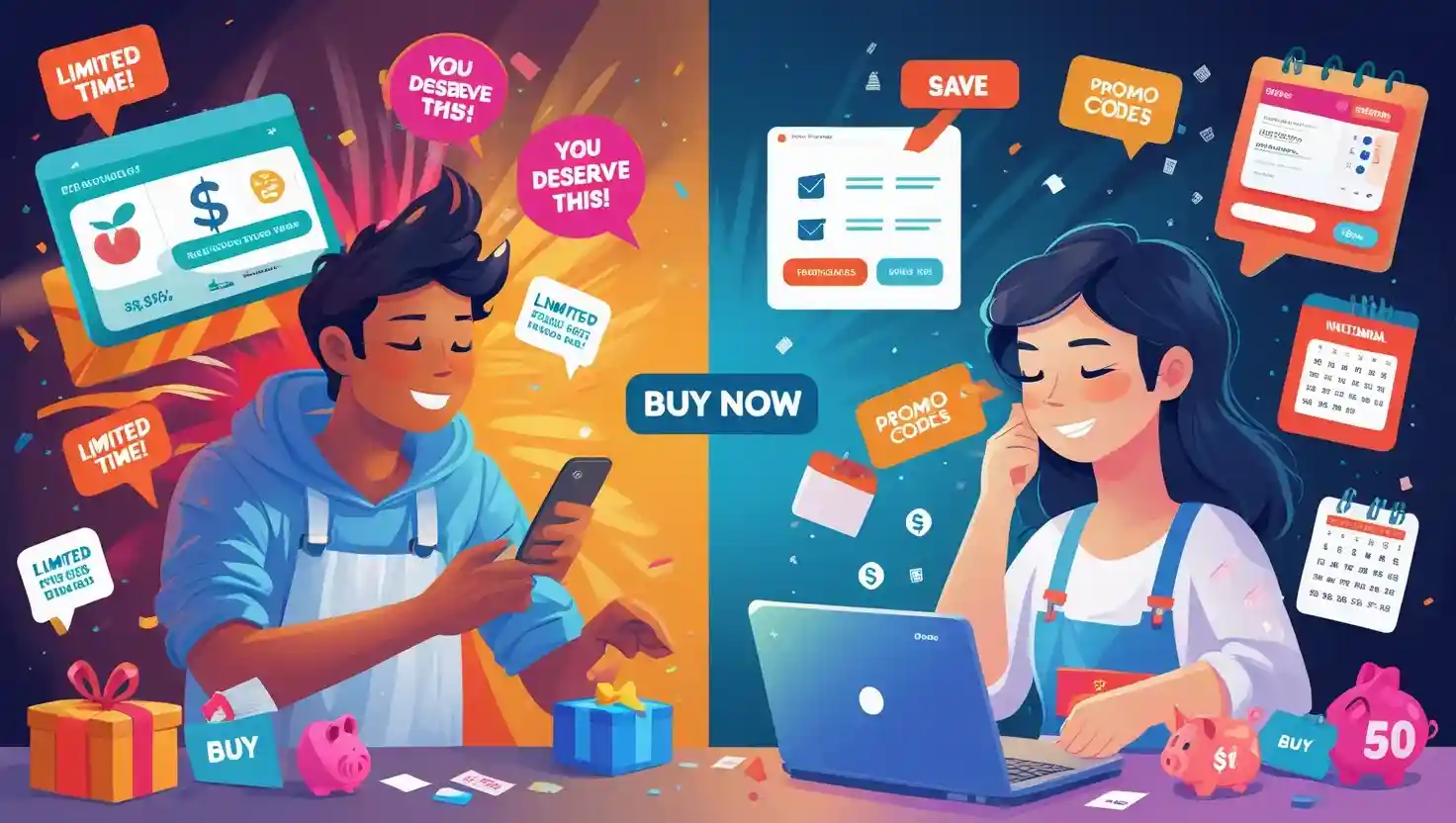
Have you ever gone online just to browse—and ended up buying
something you didn’t need? That’s the power of impulse buying. It feels
exciting in the moment, but later you might wonder why you even spent that
money. On the other hand, intentional shopping is calm, planned, and
often more satisfying in the long run.
If you’ve ever regretted a quick purchase or felt stuck in a
cycle of spending, you’re not alone. Let’s explore how impulse buying works and
how you can shift toward intentional choices that save you money and bring more
value into your life.
Impulse buying happens when you purchase without planning
for it ahead of time. It’s usually driven by emotion—excitement, stress,
boredom, or even just seeing a big sale banner that says "Limited Time
Only!"
Common triggers include:
Impulse buying isn’t always bad, but when it becomes a
habit, it can harm your budget and lead to buyer’s remorse.
When you buy something on impulse, your brain releases
dopamine—the “feel-good” chemical. It gives you a quick emotional reward.
That’s why impulse buying can become addictive. You're not just buying a
product; you're chasing a moment of happiness.
But here’s the catch: that high doesn’t last long. After the
package arrives or your cart is empty, you might realize the item wasn’t
necessary—or worse, it goes unused.
Intentional shopping means buying with a purpose. You plan
your purchases, stick to your needs or goals, and make sure your spending fits
your budget. It doesn’t mean you never buy anything fun—it means your choices
are thoughtful, not rushed.
Signs of intentional buying include:
It’s not about being strict. It’s about being smart.
Here are a few proven ways to shift from spontaneous to
intentional spending:
Give yourself a “cool-off” period. Wait 24 hours before
buying anything that’s not on your list. Often, the urge will pass.
Add items to your cart, but don’t check out immediately. Let
them sit for a day or two. If you still want them after, reconsider if they fit
your needs.
Before opening an app or website, know what you’re looking
for. Stick to that goal and avoid browsing aimlessly.
Are you shopping when you’re bored, sad, or stressed? Find
healthier ways to cope—like going for a walk, reading, or doing something
creative.
Give yourself a monthly budget for “fun spending.” That way,
you can treat yourself without going overboard.
Use apps or websites that offer real deals and verified
coupons—so if you do buy, you’re getting the best price.
Impulse buying is tempting and very common in today’s
digital world. But the more you become aware of your habits, the easier it
becomes to make intentional choices. Over time, intentional shopping helps you
save money, avoid clutter, and feel more in control.
If you're ready to shop smarter, save more, and get the best
real-time deals without overspending, visit BlogyReviews, where we
guide you toward better buying decisions with updated coupons and practical
shopping advice.